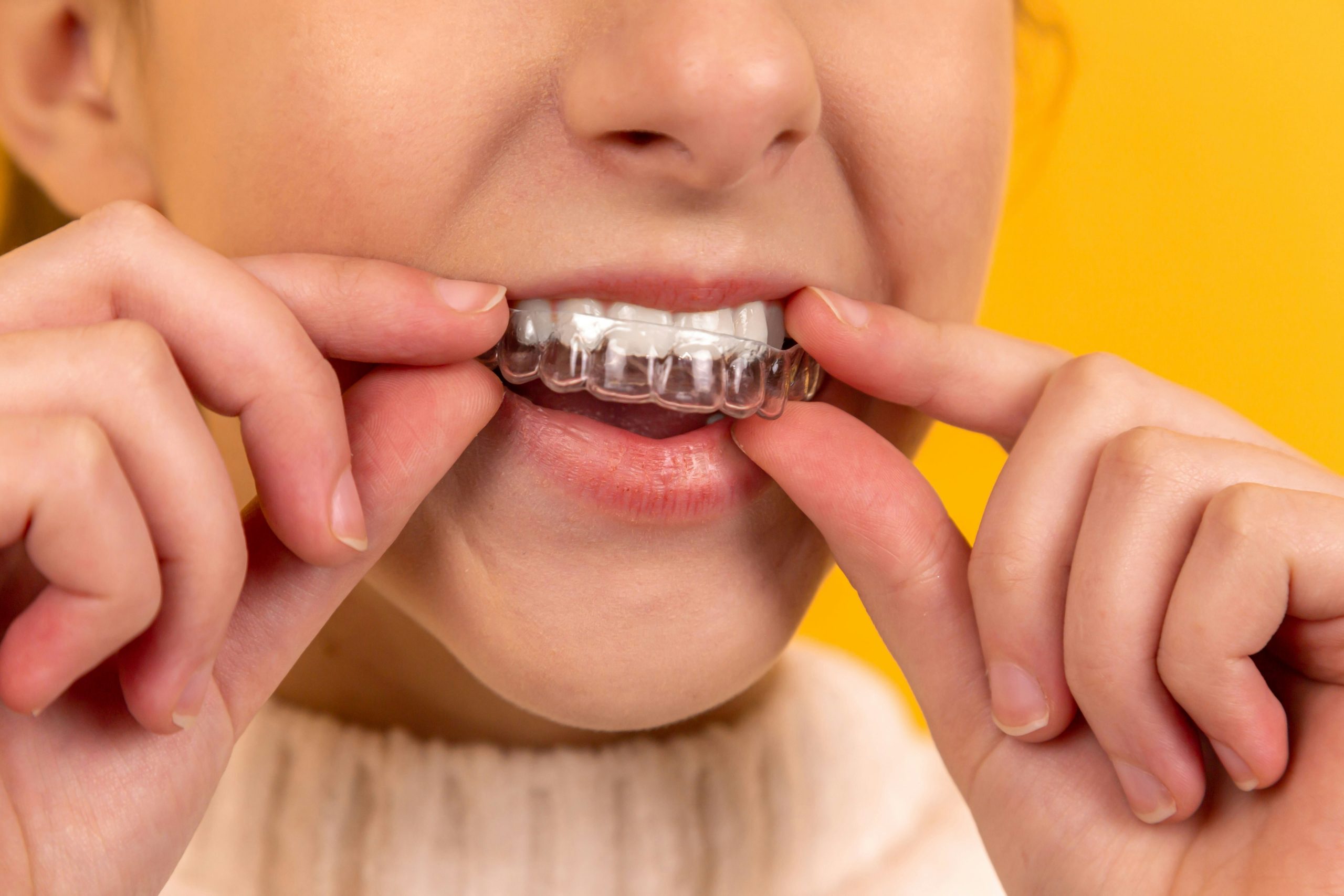How much does Invisalign treatment cost?
The cost of Invisalign treatment can vary based on factors such as the complexity of your case, the duration of treatment, and the geographic location of your dental practice. It’s essential to consult with your orthodontist to get a personalized quote tailored to your specific needs.
Treatment Option Comparison
Before delving into Invisalign, let’s briefly compare it to traditional braces. While traditional braces use metal wires and brackets to straighten teeth, Invisalign employs a series of clear, custom-made aligners. This fundamental difference in design offers a more discreet and comfortable alternative to conventional orthodontic methods.
What to Know About Invisalign and Its Effectiveness
What is Invisalign?
Invisalign is an innovative orthodontic treatment that uses a series of clear, removable aligners to straighten teeth gradually. These aligners are custom-made for each patient, providing a comfortable and virtually invisible way to achieve a beautifully aligned smile.

What types of dental issues can Invisalign correct?
Invisalign effectively treats various dental issues, including overcrowded teeth, gaps, overbites, underbites, and crossbites. While it may not be suitable for severe cases, it offers a versatile solution for many common orthodontic concerns.
What’s involved with wearing them?
Wearing Invisalign aligners involves a commitment to consistency. Patients must wear the aligners for 20 to 22 hours daily, removing them only for eating, drinking, and oral hygiene routines. The aligners are switched approximately every two weeks as your teeth gradually shift into the desired position.
How effective are these aligners?
Invisalign has proven to be highly effective in achieving desired orthodontic outcomes. The success of the treatment largely depends on patient compliance with wearing the aligners as directed. Regular check-ups with your orthodontist ensure that the treatment progresses as planned.

What can affect how well Invisalign works?
Several factors can impact the effectiveness of Invisalign treatment. Compliance with wearing the aligners as prescribed is crucial. Additionally, the complexity of your orthodontic issues and how well your teeth respond to the aligners can influence the overall success of the treatment.
What are the pros and cons?
Pros of Invisalign
- Aesthetics: One of the most significant advantages of Invisalign is its discreet appearance. The clear aligners are virtually invisible, allowing individuals to straighten their teeth without the conspicuous look of traditional braces.
- Comfort: Invisalign aligners are made from smooth, comfortable plastic, eliminating the discomfort and irritation often associated with metal brackets and wires.
- Removability: The ability to remove Invisalign aligners makes eating, drinking, and maintaining oral hygiene more convenient. There are no dietary restrictions, and cleaning your teeth is as simple as ever.
- Predictable Results: The treatment plan is meticulously designed using advanced computer technology, providing a clear roadmap of how your teeth will move.
Cons of Invisalign
- Compliance Challenges: Success with Invisalign hinges on consistent wear. Patients must be disciplined about keeping the aligners for the recommended daily hours.
- Not for Everyone: Invisalign may not be suitable for severe orthodontic issues. Traditional braces might be recommended in cases requiring more extensive correction.
- Initial Discomfort: Like any orthodontic treatment, initial discomfort or pressure might occur when starting a new set of aligners. This is temporary and usually subsides as your teeth adjust.
- Cost Considerations: While the cost of Invisalign is comparable to traditional braces, some individuals may find it more expensive, especially if not covered by dental insurance.
What’s the cost?
As mentioned earlier, the cost of Invisalign treatment can vary. It’s essential to consult with your orthodontist to obtain an accurate estimate based on your specific case.
Is Invisalign right for you?
Determining if Invisalign is the right choice involves considering your orthodontic needs, lifestyle, and personal preferences. Consulting with an experienced orthodontist is crucial in assessing your candidacy for Invisalign and understanding the potential outcomes of the treatment.

The Bottom Line
Invisalign clear aligners have revolutionized the field of orthodontics, offering a discreet and effective solution for many common dental issues. Choosing Invisalign or traditional braces depends on individual preferences, lifestyle, and the complexity of orthodontic needs.
Before embarking on your orthodontic journey, schedule a consultation with a qualified orthodontist who can assess your case and guide you in making an informed decision. Whether you opt for the subtle elegance of Invisalign or the time-tested reliability of traditional braces, the ultimate goal remains the same – achieving a confident and radiant smile.
